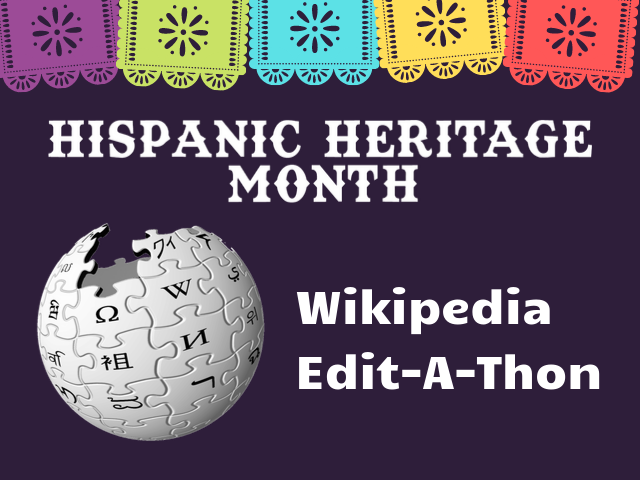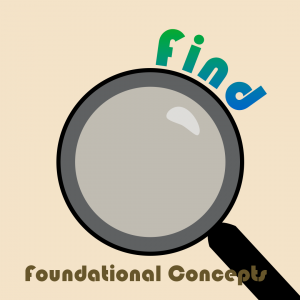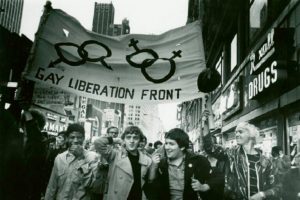Have you heard of “open educational resources” or “OER”? These are educational materials that are available for free via the Internet which can be used, reused, remixed, and redistributed by anyone who wants to learn or teach.1
We often hear about OER in the context of textbook affordability. Students these days pay a lot of money for the textbooks which are produced by for-profit publishers. Studies have shown that many students are forced to choose between paying for textbooks and paying for the necessities of life: food, housing, transportation. They may not buy a book and then not do as well in the class. They might take two classes instead of three, because that way they don’t have to pay for all the books that three classes would have required. In the worst-case scenario, they might decide that they simply can’t continue in school because they can’t afford the cost for materials on top of the other costs of education.2
OER offer a way to lower costs for students, which in turn can help them stay in school, take more classes per semester, or learn more in the classes they do take because they can afford their materials. And this is often what we talk about when we discuss OER. But there is another side to OER that is just as important, and that is the “openness” of open educational resources and how that makes them uniquely suited to more creative, engaging learning experiences that can have life beyond the classroom and after the grades have been assigned.
If you think about how you can use a textbook: you can read it, maybe write in it or take digital notes if it’s an e-book, make copies of parts of it. But can you change it? Can you correct errors? Can you replace examples with ones that are more recent, more local, or more culturally relevant? Can you chop it up and just use the parts that work for your class? Sure, you can only choose to read certain parts, but you pay for the whole thing.
Because open educational resources are open, you can do all these things with them. You can even take several resources and combine them to make something new. You can also share them with others, so they can benefit from your work. The ability to create freely with open materials has led educators to begin innovating in their classes and creating new kinds of assignments to take advantage of this freedom.3 These approaches are collectively referred to as “open pedagogy” or “open educational practices.”
Some examples of assignments inspired by these open practices would include:
- Editing or creating Wikipedia articles
- The Open Anthology of Early American Literature which was curated by students working with Dr. Robin DeRosa
- Having students create learning objects, or curate collections of existing learning objects on a topic
- Engaging students in editing an open textbook to make it more locally relevant, to find more current examples or to update the references.

In all of these examples, the product of students’ work is not just turned in for a grade and then discarded. It is shared with others and made open so that the cycle of sharing can continue.
On Thursday, October 10, as part of Hispanic Heritage Month, the library is holding a Wikipedia Edit-A-Thon. The event will include a panel of student Wikipedians who have participated in classes which included editing Wikipedia in classroom activities.
The event will be moderated by Professor Amanda Marquez and Dr. Michael Ramirez, the Islander faculty who designed those activities, and we’ll be hearing from the students about their experiences.
We’ll then spend a few hours working with students who want to add their voice to what is probably the most famous example of an open educational resource, with the goal of improving the representation of Hispanic culture in Wikipedia.
Interested? Get more information about the Edit-a-Thon.
Want to learn more about open pedagogy?
Here are some suggestions for further reading and watching:
David Wiley: What is Open Pedagogy?
Christina Hendricks: Renewable Assignments: Student Work Adding Value to the World
Open Pedagogy Notebook: Sharing Practices, Building Community
Open Pedagogy Webinar Series: SUNY
Notes:
1 If this sounds interesting and you want to learn more, Bell Library has a guide to Open Educational Resources. https://guides.library.tamucc.edu/OER
2 Check out Torrey Feldman’s blog post “The Reality of High Textbook Costs” for more information and some helpful links: https://creativecommonsusa.org/index.php/2018/10/08/the-reality-of-high-textbook-costs/
3 Open educational resources must have five characteristics, called the 5Rs, to be considered truly open. The 5Rs are what permit a degree of flexibility in using OER that traditional copyright does not. Learn more about the 5Rs here: http://opencontent.org/definition/


